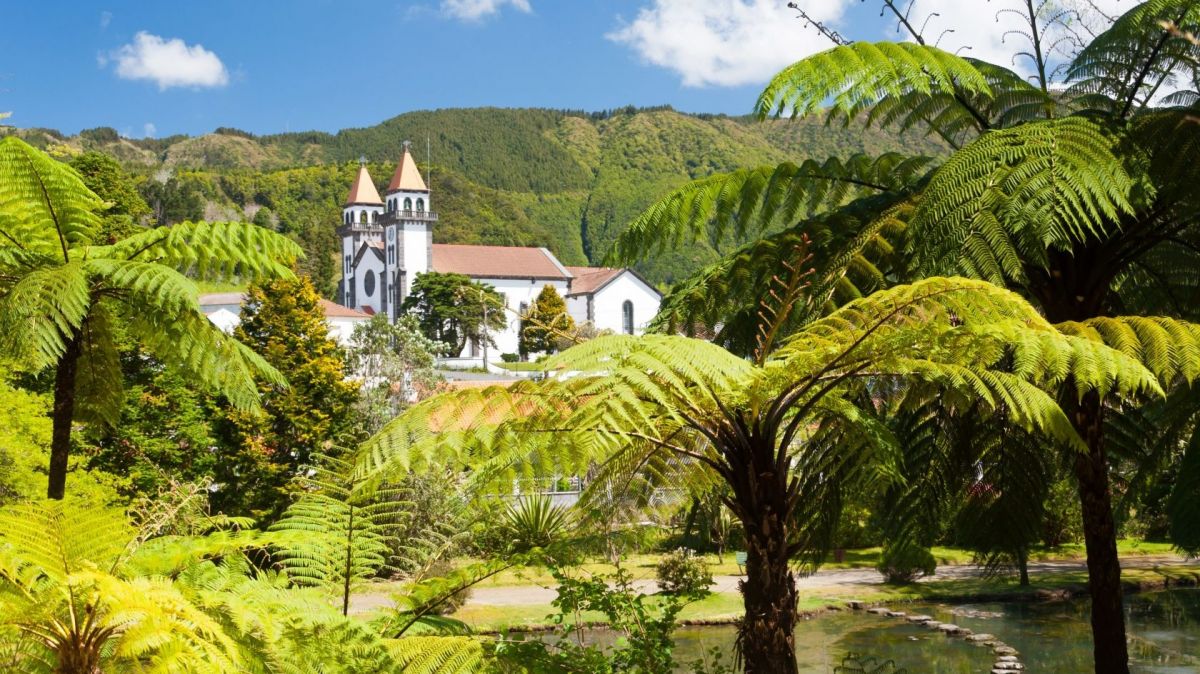According to data released by REN – Redes Energéticas Nacionais, in the first seven months of the year, renewable energy supplied 74% of electricity consumption, with hydroelectric power accounting for 32%, wind power 25%, solar power 12%, and biomass 5%, while natural gas production supplied 13% of consumption, a percentage similar to that of imported energy.
In the natural gas market, accumulated consumption grew 11% through July, with a 132% increase in the electricity generation segment and an 8% drop in the conventional segment, with the latter segment recording its lowest consumption since 2009. Nigeria and the United States remained the main gas suppliers, representing 56% and 32% of the total, respectively.
Analysing only the month of July, REN data shows that electricity consumption in Portugal maintained the growth trend of recent months, with a year-on-year change of 3.8%, or 2.1% when adjusting for the effects of temperature and the number of business days.
In the month, which was "marked by less favourable conditions for renewable energy production," solar energy stood out with a new daily power maximum, surpassing 3,300 MW.
In July, solar production accounted for 17.5% of monthly consumption, practically on par with wind energy, which contributed 22%. Overall, renewable energy production supplied 54% of consumption, while non-renewable energy production accounted for 17%, with the remaining 29% supplied by imports.
In the natural gas market, consumption increased 17% in July compared to the same month last year, driven by the electricity generation segment, while the conventional segment, which includes the remaining consumers, registered a year-on-year decline of 12%.
National supply was almost entirely ensured by the Sines liquefied natural gas (LNG) terminal, with only 3% of the supply coming from the interconnection with Spain.














